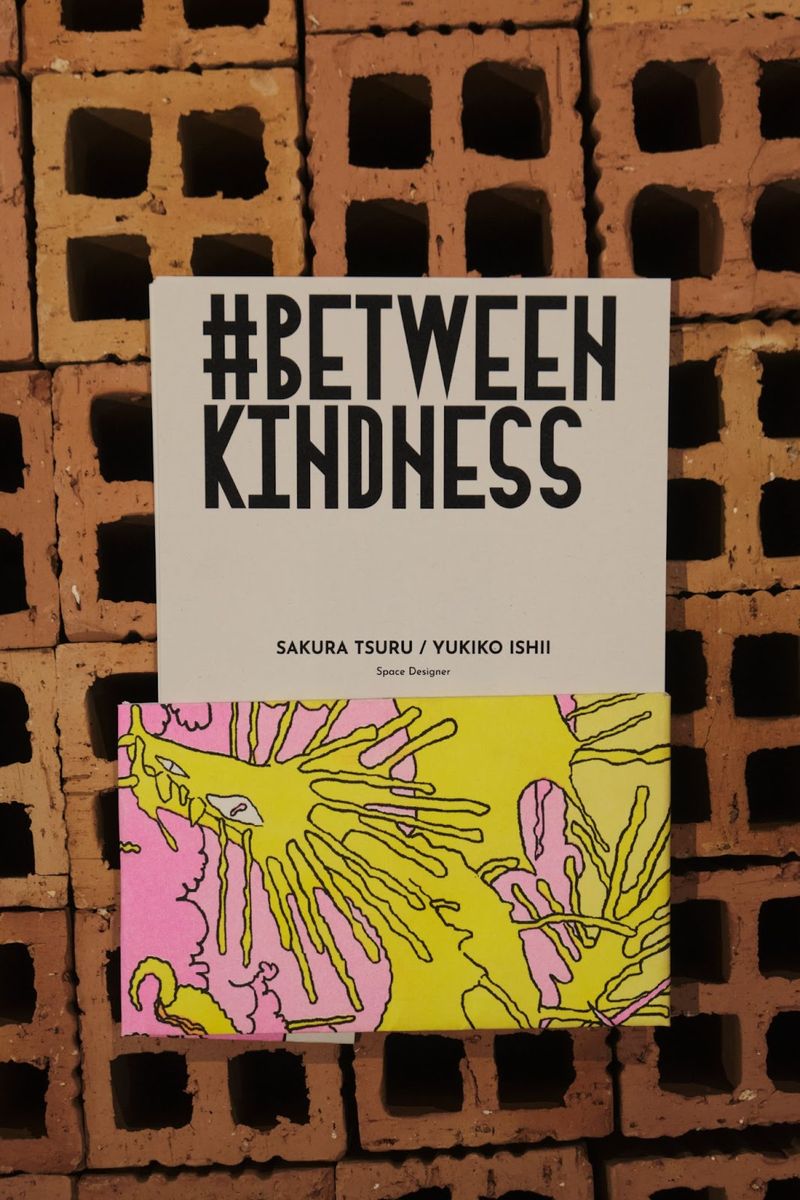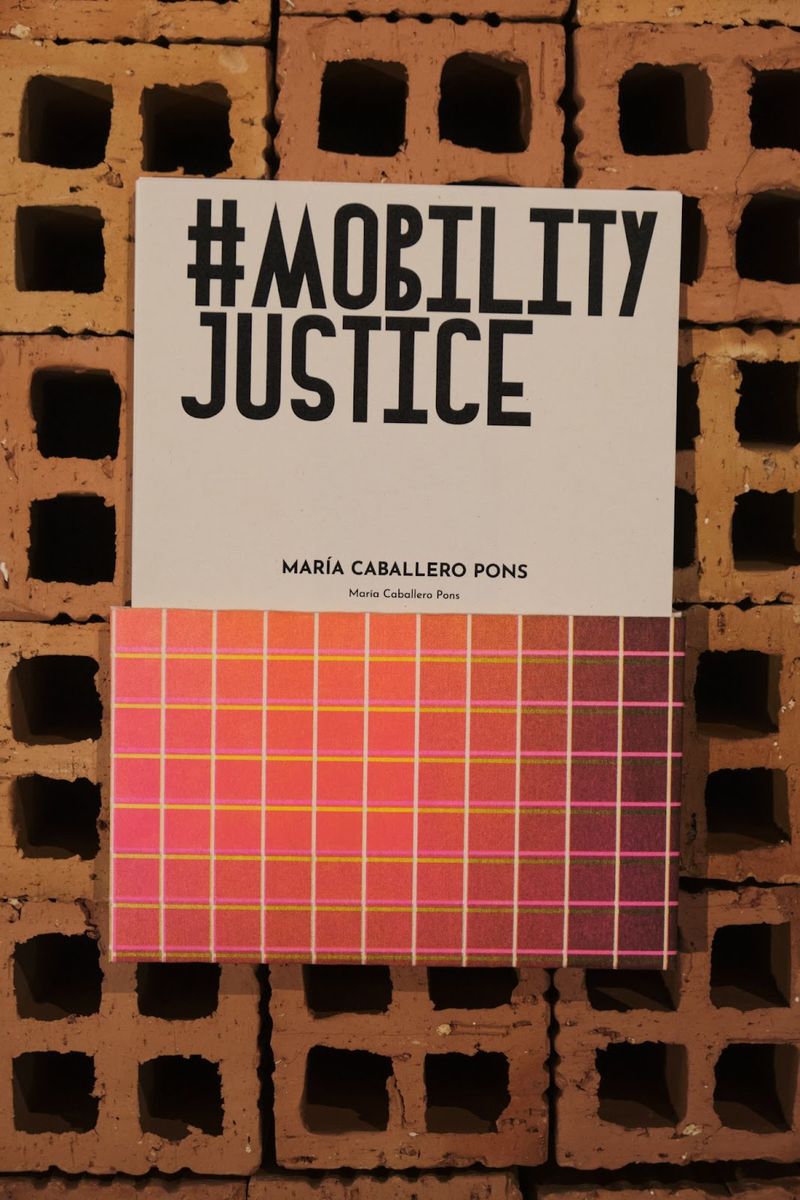📆
1 week exhibition
Collaborative research and a series of installations created by participants of the Urbanist Camp program

Collaborative research and a series of installations created by participants of the Urbanist Camp program
In addition to the exhibition, a series of city walks, workshops and discussions will be organized in a period of one-week
for Cities Week will be held in Uom Art Hub in Ho-Chi-Min City, Vietnam, in collaboration with Studio Anettai
Download the exhibition booklet

https://drive.google.com/file/d/19dIYpqKWSPcAlFS8ZWBttX2N54CDyqxy/view
Tokyo-based urban experience design studio ‘for Cities’ has held an “Urbanist Camp” over the month of May in Ho Chi Minh City. Together, for Cities and the Camp participants have conducted urban research throughout the city.
As a final output of the program, we organized a pop-up exhibition in the final week to showcase the research and findings of the participants who gathered from various countries and backgrounds. Each of the 12 participants was encouraged to find their own theme of interest during their stay, and they conducted independent research along with the collective field research and visits.
The projects below which were submitted as part of our campaigns online were introduced in a slideshow.
SIGNIFICANCE OF A SIGN IN A HEM (#UrbanFabric)
HIKARI-4P’S ECO-EDUTAINMENT HUB (#UrbanFabric)
GREEN ROOF STATION (#UrbanFabric)
GREEN ATLAS (#MoreThanHumanScale)
The space was organized around elements and materials native to Saigon, in collaboration with studio anettai, an architectural design office and 3D visualization team based in Vietnam.
By Sakura Tsuru / Yukiko Ishi
Where does the “kindness” that makes this city so attractive come from? It is, of course, the flat and comfortable distance between the people who live here, and also between people —like us — from outside. Let’s reconsider the elements of the city as inherently being a source and an echo chamber for the city’s kindness.

By Narumi Shibata
A female perspective and experience is often neglected in our everyday lives in cities, due to the male-centered process of planning. What can we learn about Saigon though women’s experiences? Through this lens, we posit the opportunity for a more just city, inclusive of those who have been excluded from their own urban spaces.

By Emiri Ito
Thatched roofs are both traditional and modern. This traditional technique emerged in response to nature, but because Vietnamese thatch is thinner than that of Japan, it needs to be replaced more frequently depending on the weather. How can today’s thatched roofs maintain their natural and economic two-fold sustainability?

By Hana Mizuki
Saigonians seemingly add tools to indigenous objects, especially trees, and live with them. The objects’ users are not always the owners of the indigenous objects. In this work, visitors will experience, actively or passively, how people live with trees in Saigon.

By Mirei Nakamura
The city is constantly crowded, day and night. At different hours it shows differing landscapes of crowdedness. How do the inhabitants of this young city engage with the city at night, when the sun hides away and the breeze blows pleasantly?

By María Caballero Pons
The increase of electric bikes in Vietnam seems to have had an impact on the resilience of this city, due to air pollution and health risks. The advent of shared mobility may also have caused changes in labor. What are the socioeconomic realities of the shared mobility which is unique to this region? How will Saigon’s urban mobility future look like in the context of Mobility Justice?

by Mariko Sugita
Hard, dry surfaces in urban areas — such as roofs, sidewalks, roads, buildings, and parking lots — provide less shade and moisture than natural landscapes and thus contribute to higher temperatures. Living on our warming planet, How can we stay cool during the hottest seasons in a city? How can we strategically create refuge from the high temperatures that are increasingly becoming an issue in many urban areas of the world?

by Satoko Akune
The city is full of fun things, especially in the evening — the bars, clubs, music events, and cinemas, just to name a few. Saigon’s night time economy also has a lot to offer! The industries associated with nightlife, including pubs, bars and theaters are a great way to not only have fun in the city, but also unpack its soul, culture and people.

by Yukako Ishikawa
In Vietnam, the average age is about 30 years old. The average age in Japan today is about 50.
Saigon is young, energetic, and has a sense that something is about to begin. In this expanding city, what do the young people, mainly under the age of 30, do? Who will pioneer the set of values driving the country’s future, and what will they “grow”? In this research, I explore what will be passed on to the future city from the current environs.

by TAZ
Street art has been prevalent in Vietnam for a decade now, but due to the pandemic, it has gone downhill in recent years. Both early pioneers and younger generations of artists seem to feel that the current level of street art is “not enough”. With people from all over the world beginning to visit the area again, how can we connect local artists and strangers? Can the “Open Art Room” project expand the art scene’s dreams for the future?

by Ryuto Nishimura
Saigon has a different palette of colors compared to the cities I know. The colors of buildings, signs, goods, food on the streets, clothes that people wear, even the trees and flowers have their own unique colors. We can begin to grasp the visual and physical rhythm of the city from these colors.

Uom Art Hub
Uom Art Hub is a newly established center for art and creative activities based in Ho-Chi-Minh City.

Date & Time: Pre-open: 2023 May 23 - 24 11:00 - 21:00 Exhibition: 2023 May 25 - 28 11:00 - 21:00 ※Last day is until 17:00
Venue:Ươm Art Hub 42/58 Hoàng Hoa Thám, Phường 7, Bình Thạnh, Thành phố Hồ Chí Minh HP: https://uomarthub.com/
Admission:Free
Exhibition Design: Studio anettai
Participants: Hana Mizuki, Ryuto Nishimura, Narumi Shibata, Emiri Ito, Yasutomo Suzuki, Mirei Nakamura, María Caballero Pons, Taz, Sakura Tsuru, Yukiko Ishii, Satoko Akune, Daiki Kanaoka, Naoki Hayashi
Photography: Luân Trần